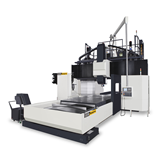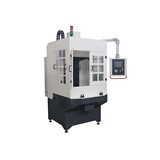Jets have already been built that can fly at up to five times faster than the speed of sound (Mach 5) but they can do it only for a few seconds.
Part of the challenge of maintaining speed is materials, University of Melbourne's Carolina Tallon and other researchers say in a paper for Fresh Science, a national science event in Melbourne.
But they have found a unique group of ceramic materials that withstand the temperatures and stresses.
Ultra-High Temperature Ceramics are promising materials for hypersonic aircraft parts because they offer good thermomechanical properties under extreme conditions and they do it without compromising the integrity of the overall structure, Dr Tallon says.
The UHTCs can also be formed into complex shapes.
Using chemistry to modify a standard method of casting ceramics in a mould, the researchers have developed an alternative to the traditional technique of forming these ceramics as blocks at high temperatures and pressures.
The new method, a form of slip casting, allows them to generate ultra-high-temperature ceramic components at lower temperatures and pressures, which save time and money because they do not require extensive machining.
"The ceramic pieces we have made are stronger and will survive to higher temperatures than those used on the Space Shuttle," Dr Tallon says.
Dr Tallon is developing the processing techniques with Professor George Franks of the Department of Chemical and Biomolecular Engineering.
Their work is part of the propulsion program of the Defence Materials Technology Centre to develop the manufacturing of advanced materials within Australia.




-160x160-state_article-rel-cat.png)


-160x160-state_article-rel-cat.png)



-160x160-state_article-rel-cat.png)








-160x160-state_article-rel-cat.png)



